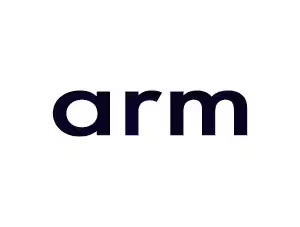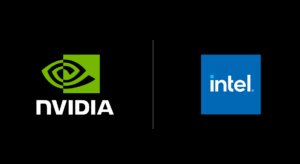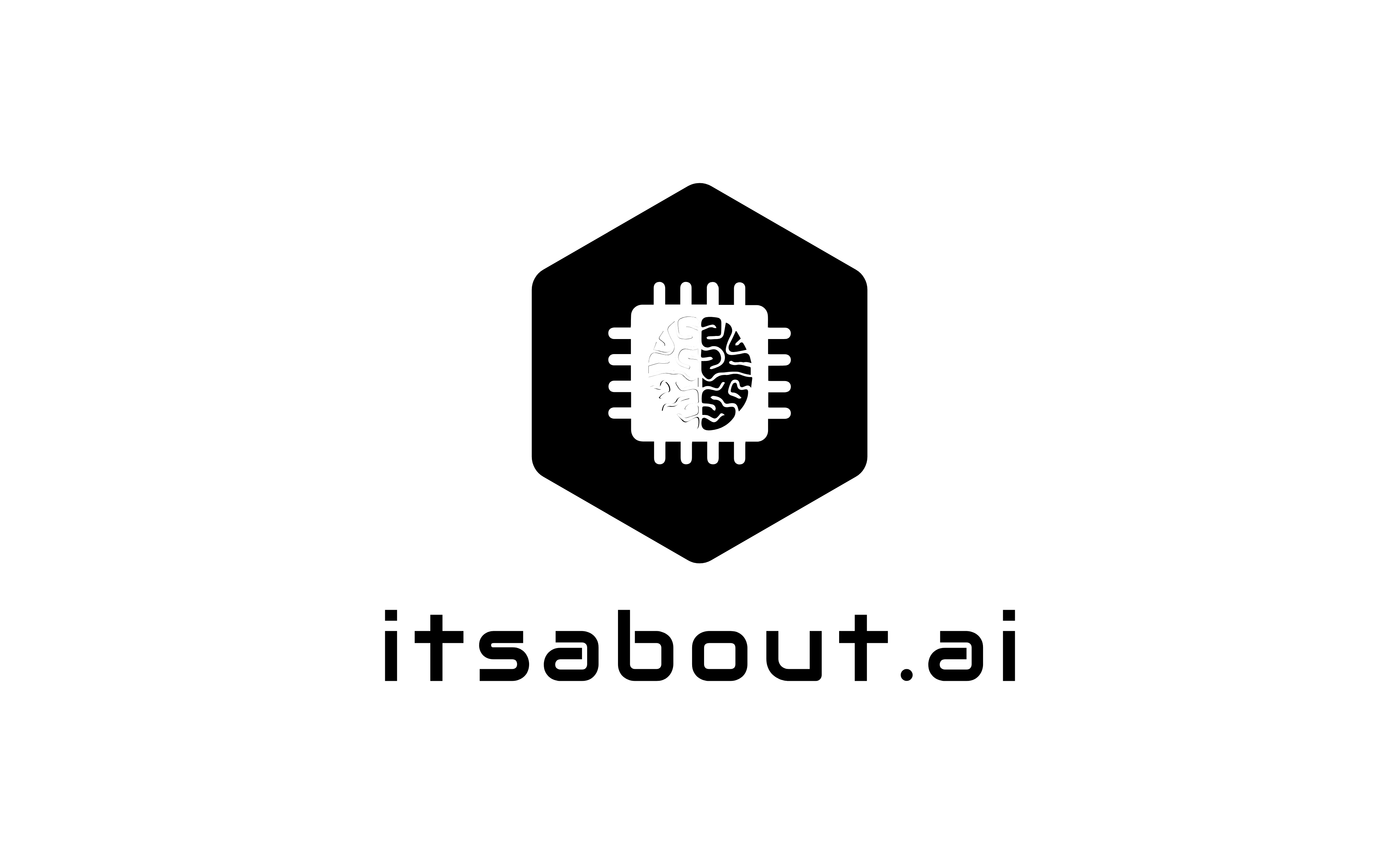Why ARM May Struggle to Dominate AI Servers and How the Intel + NVIDIA NVLink Deal Reinforces x86

The big question in AI infrastructure
Every year, new GPUs and super chips dominate headlines. But behind every GPU cluster sits a crucial decision: which CPU architecture should host it, ARM or x86?
ARM has surged in visibility thanks to NVIDIA Grace, AWS Graviton, and AmpereOne. But despite rapid growth, ARM still isn’t the dominant choice in enterprise AI. Meanwhile, x86 not only holds its ground, it just gained a major upgrade: Intel and NVIDIA have partnered to bring NVLink directly onto x86 CPUs.
This blog explains why ARM faces headwinds, why x86 continues to thrive, and how the Intel/NVIDIA deal changes the AI balance of power.
Why ARM hasn’t already dominated

1. Frameworks and software ecosystem
Most AI frameworks (PyTorch, TensorFlow, JAX) are deeply optimized for x86 first. Intel’s oneDNN and AMX instructions give Xeon CPUs strong acceleration for preprocessing, small-scale inference, and tensor workloads, often with zero code changes.
ARM has the Arm Compute Library and SVE/NEON, but many operations teams still encounter hiccups: missing packages, slower updates, or uneven testing.
2. CPU’s real role in AI workloads
GPUs do the heavy lifting, but CPUs still orchestrate data pipelines, tokenisation, sharding, and inference fallbacks. On x86, these tasks are heavily tuned and widely validated. ARM can handle them, but with more integration work.
3. Hardware I/O and platform breadth
AMD EPYC and Intel Xeon bring 12 DDR5 channels and ~160 PCIe Gen5 lanes, enabling dense GPU + networking + storage deployments. ARM chips are catching up, but the x86 ecosystem remains broader with more board options and vendor choice.
4. Risk and operational inertia
Enterprises already have deep investments in x86 virtualization stacks, monitoring, and drivers. Migrating to ARM means retraining teams, re-validating tools, and assuming more risk, slowing adoption.
Where ARM had the upper hand: NVIDIA GB200 & GB300
Until recently, NVIDIA’s flagship GB200 and GB300 “AI factories” were ARM-only at the CPU layer. Grace CPUs connect directly to Blackwell GPUs with NVLink-C2C, delivering ~900 GB/s bidirectional bandwidth, around 7× PCIe Gen5, with unified memory semantics.
This meant if you wanted NVIDIA’s tightest CPU–GPU coupling, you had to choose ARM.
Enter the Intel + NVIDIA NVLink deal

In September 2025, NVIDIA and Intel announced a landmark partnership:
- Custom Intel x86 CPUs will support NVLink connections to NVIDIA GPUs.
- Consumer SoCs will even combine Intel x86 CPU chiplets with NVIDIA RTX GPU chiplets linked by NVLink.
- NVLink on x86 could deliver up to 14× PCIe bandwidth in certain designs.
For enterprises, this is huge: you can now keep your x86 ecosystem while gaining NVLink-level CPU–GPU coherence, something previously locked to ARM/Grace.
What this means for the AI CPU landscape
- ARM loses exclusivity: Grace is no longer the only way to achieve NVLink-tight GPU coupling.
- x86 gets stronger: With AMX acceleration + NVLink, x86 can cover both CPU inference and GPU-bound training workloads with less compromise.
- Choice expands: Customers can pick ARM or x86 for NVIDIA AI racks based on operational fit, not forced topology.
- Software convergence accelerates: Frameworks like PyTorch and TensorRT will now have strong incentives to optimize for x86 + NVLink paths.
ARM vs x86 in AI (2025 update)
| Dimension | x86 | ARM (Grace, AmpereOne, Graviton) |
|---|---|---|
| CPU–GPU coupling | New: NVLink on Intel CPUs (14× PCIe bandwidth potential). | NVLink-C2C with Grace (900 GB/s, unified memory). |
| CPU AI instructions | AVX-512 + AMX tuned for PyTorch/oneDNN. | NEON/SVE/SVE2 with Arm Compute Library. |
| Software ecosystem | Mature, packaged, validated across Linux/Windows. | Rapidly improving, but packaging friction remains. |
| Memory & I/O | EPYC Genoa: 12 DDR5, ~160 PCIe lanes. Xeon: QAT, CXL support. | AmpereOne: 8–12 DDR5 channels, growing PCIe support. |
| Inference at CPU | Strong throughput via Intel AMX, plug-and-play. | Viable with NEON/SVE, but less consistent. |
| Ecosystem breadth | Huge vendor base, long operational history. | Narrower vendor pool, strong in cloud-native. |
| NVIDIA rack systems | Now eligible for NVLink-enabled x86 Intel CPUs. | Native CPU in GB200/GB300 racks. |
Conclusion
ARM will continue to grow, especially in cloud-native AI and NVIDIA’s existing Grace-based GB200/GB300 racks. But with Intel + NVIDIA bringing NVLink to x86, the playing field shifts dramatically:
- Enterprises can stay in their x86 comfort zone while gaining NVLink-level GPU coupling.
- ARM loses its exclusive edge in NVIDIA’s highest-end AI systems.
- x86 not only survives but looks more strategically central than ever in AI infrastructure.
Prediction: Instead of ARM dominating, the future will look hybrid. ARM grows in integrated systems, but x86 (with AMX), deep ecosystem maturity, and now NVLink, remains the backbone of enterprise AI deployments.
